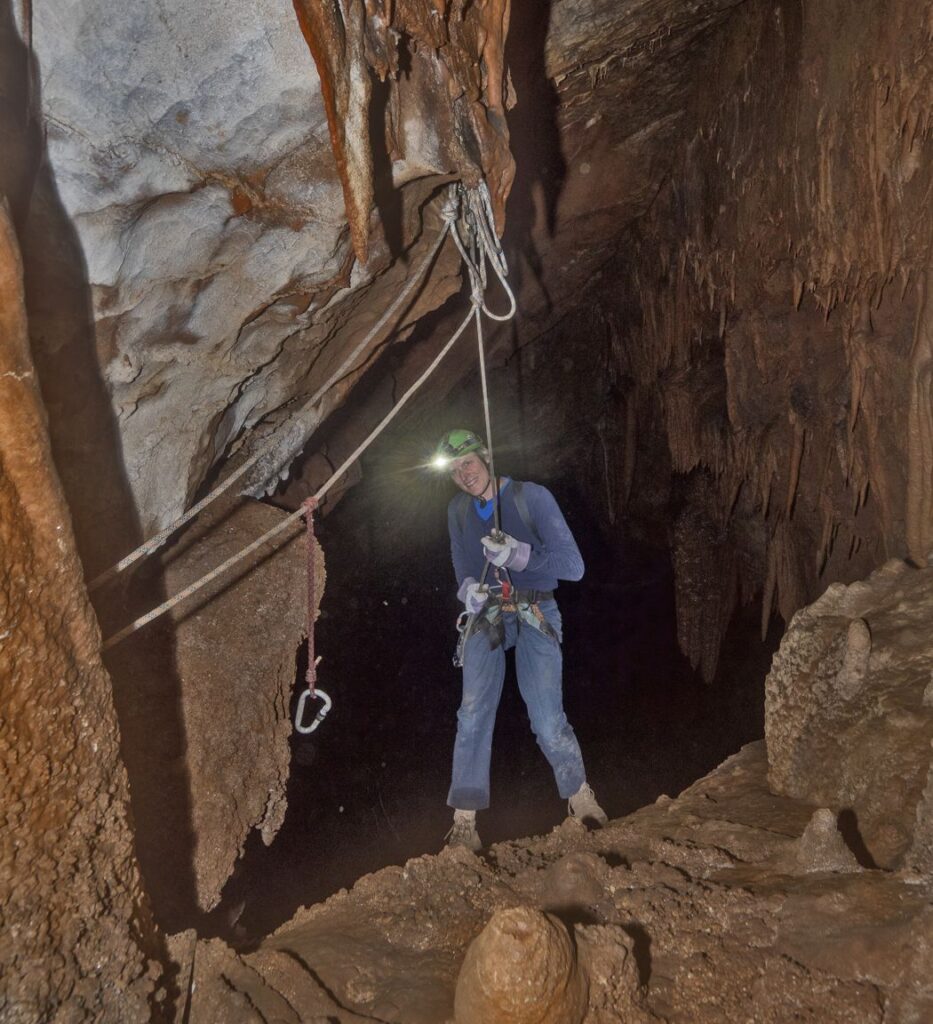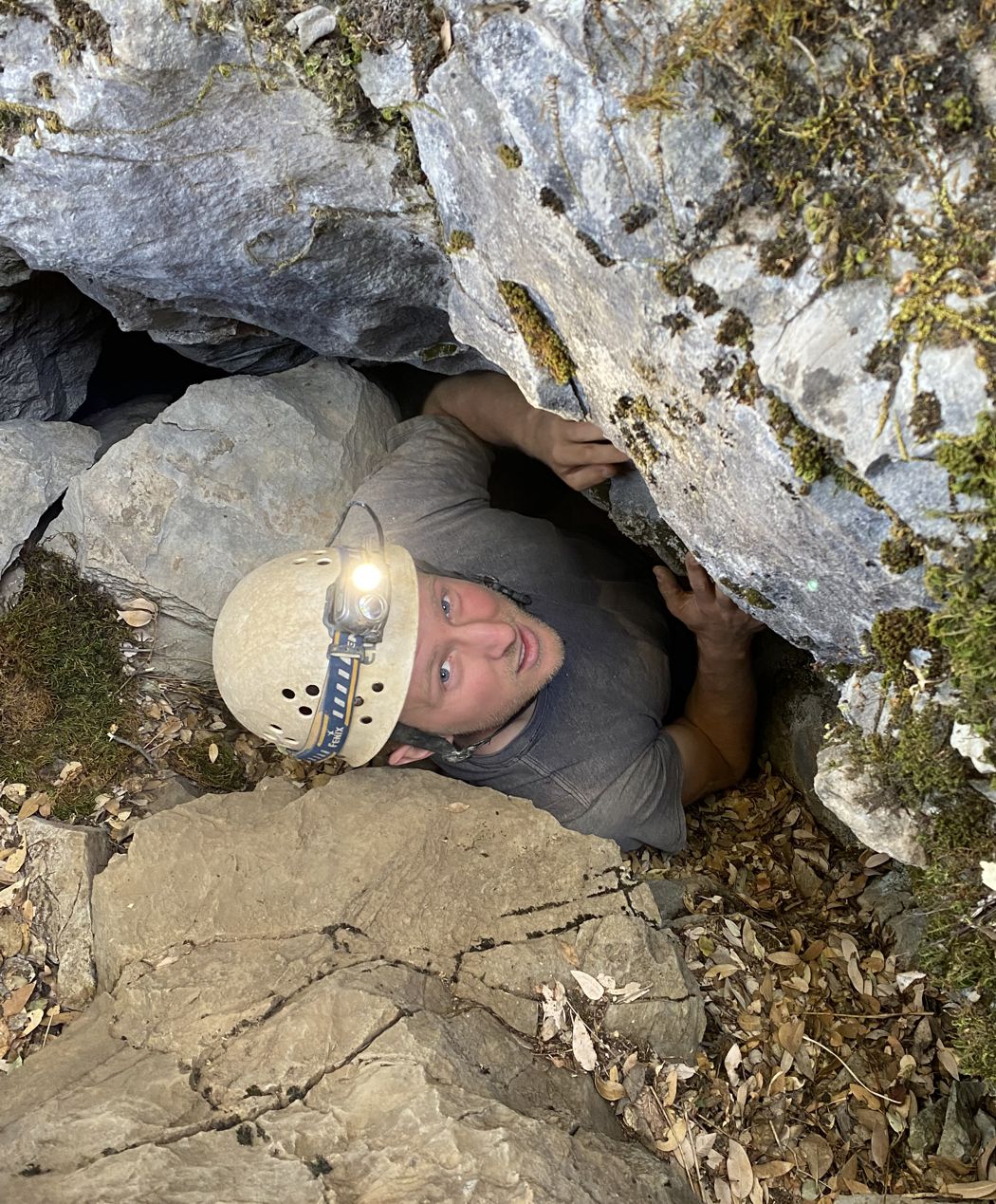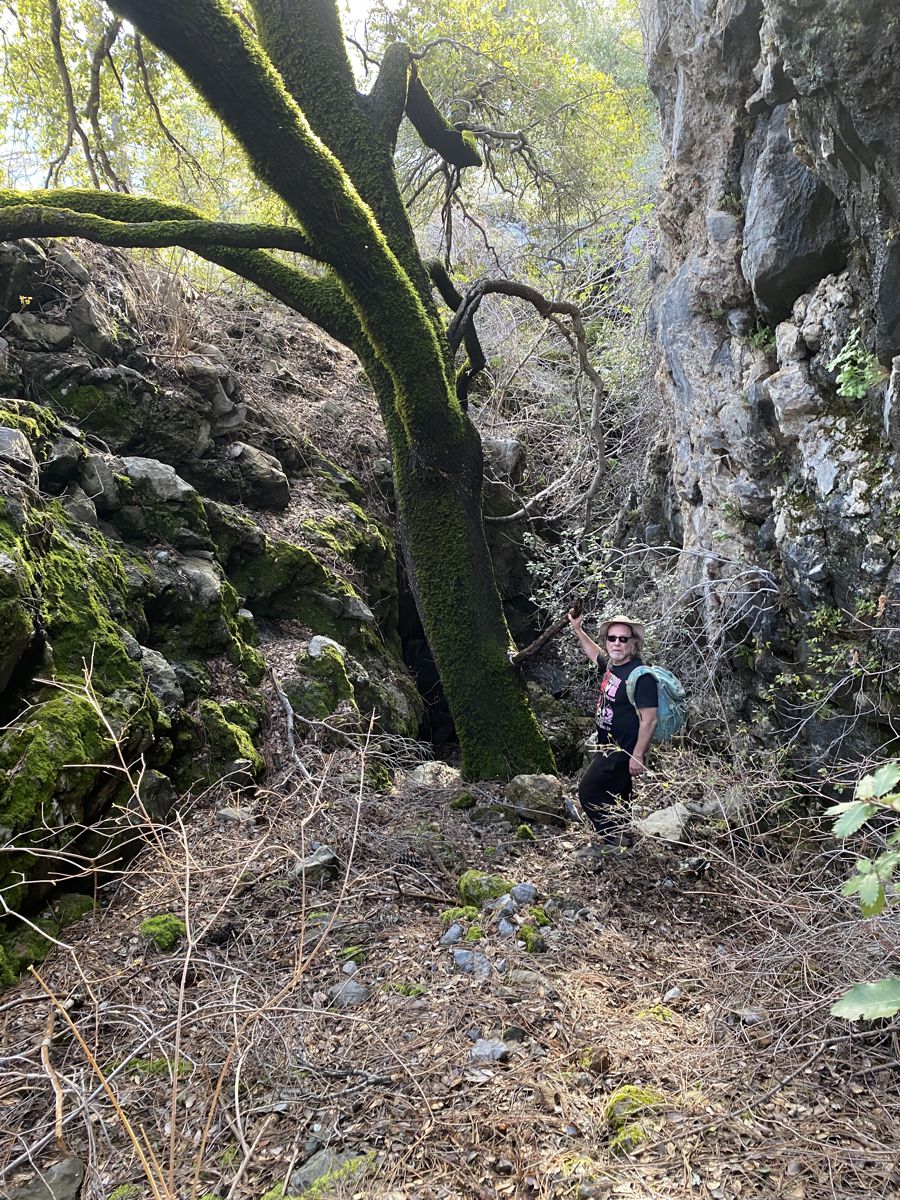
Visiting wild caves safely
Visiting wild caves can be fun and exciting. Or a casual afternoon outing can turn dangerous and even deadly. Everyone is responsible for their own safety underground.
Cave Challenges
Every year people in the US die in caves, and many more are injured. There are multiple causes – a drowning during floods, falling off a cliff or edge, hypothermia, and rocks falling and striking people. A few caves, including some in California, have “bad air” that is high in CO2 and unsafe to breath. And in large and complex caves people do become temporarily lost, most often for a few hours, but occasionally for days.
Caves can be open and large and easy to walk through, but there are others that very physically demanding. These demands can include long sections of rope work in caves thousands of feet deep, and long, low crawls and tight spots that are very difficult to fit through. Cold water and thick mud can add to the challenges, and tricky, sometimes exposed, climbing maneuvers are common. In California, the caves also often come with long hikes across steep terrain in the mountains. Cave explorers have to be prepared for both the above ground and below ground parts of the trip.

Search and Rescue
If you do have a problem, due to the complexity of caves and the small spaces, search and rescue operations underground may involve a lot of people and be very expensive. Safe caving practices are always a good idea. You don’t want to be the person emergency services has to come and help.
Caving Best Practices
Cave explorers have a check lists of safety practices:
- Always let someone not on the trip know where you are going and when you will be back.
- Have appropriate gear including helmets, pads and gloves.
- Each person should have three sources of light and extra batteries.
- Use head lamps so that your hands are free for climbing and moving through the cave.
- Never undertake any rope work without proper training and equipment.
- Be aware of unstable floors and footing.
- Avoid slips and falls into small spaces.
- In difficult spots, carefully and gently help each other.

Caving Clubs
The best way to safely go caving is to get involved with a local caving club, usually known as a grotto. These clubs are chapters of the National Speleological Society, based in Huntsville, Alabama. They know where the caves are and the gear and experience that you need to stay safe and have fun. For a list of grottos in California see: https://nsswest.org/grottos/ or see a list of grottos on this web page at https://californiacaves.org/index/go-caving/california-caving-clubs/